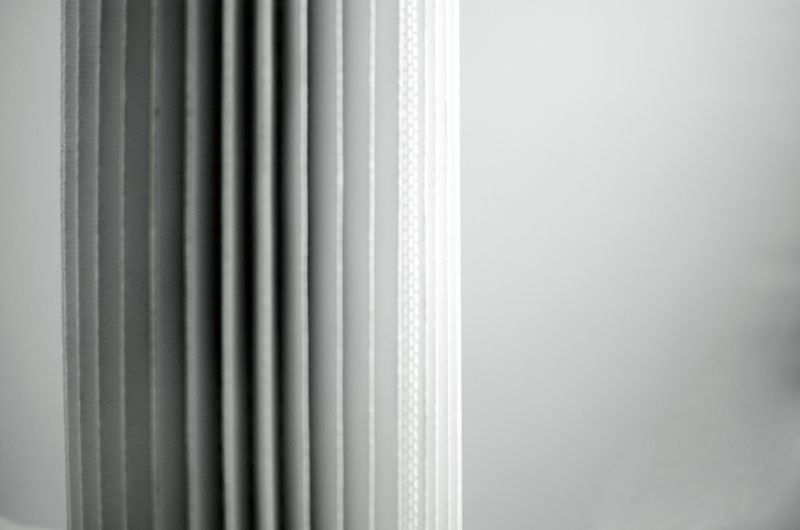Pleated Elements Vs. Filter Bags
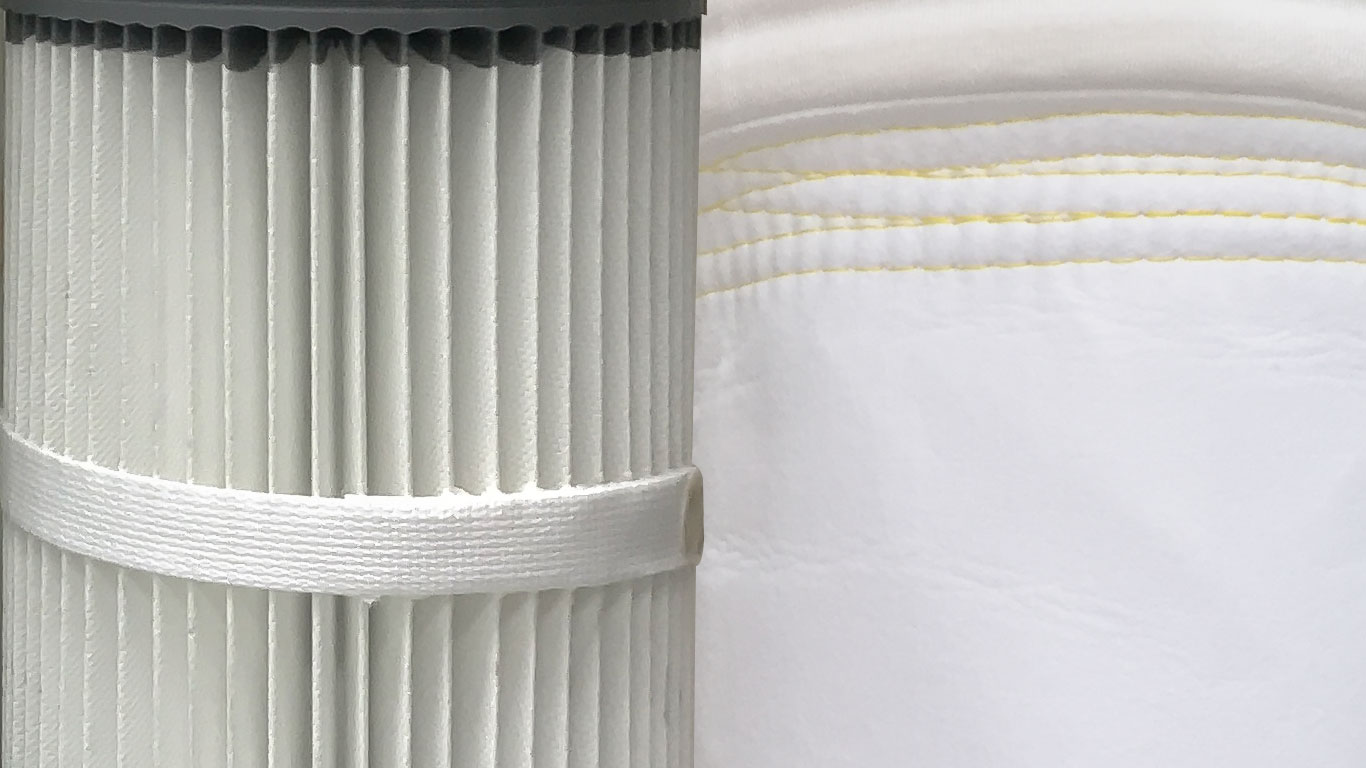
It’s no secret that pleated elements are the latest in filter technology. But why is it that people find the idea of switching from bags to pleats to be so daunting?
Perhaps we can clear the air by providing the benefits of both types of filters to help you make an informed decision for your application.
Because the switch might be easier and more cost effective than you think.
Is changing filter media necessary?
There are many reasons you might consider switching from standard filter bags to pleated filters, but it is important to know what factors to take into account. Your application and style of dust collector will play a major role in determining which types of filters to use. There are many applications in which standard bags are the better and/or the only option. Specific operations and guidelines require different types of filters and there are advantages and disadvantages to consider.
Benefits of using standard filter bags
Filter bags have been around for a long time. Many companies, worldwide, produce and provide these parts, so they are more familiar to a variety of industries.
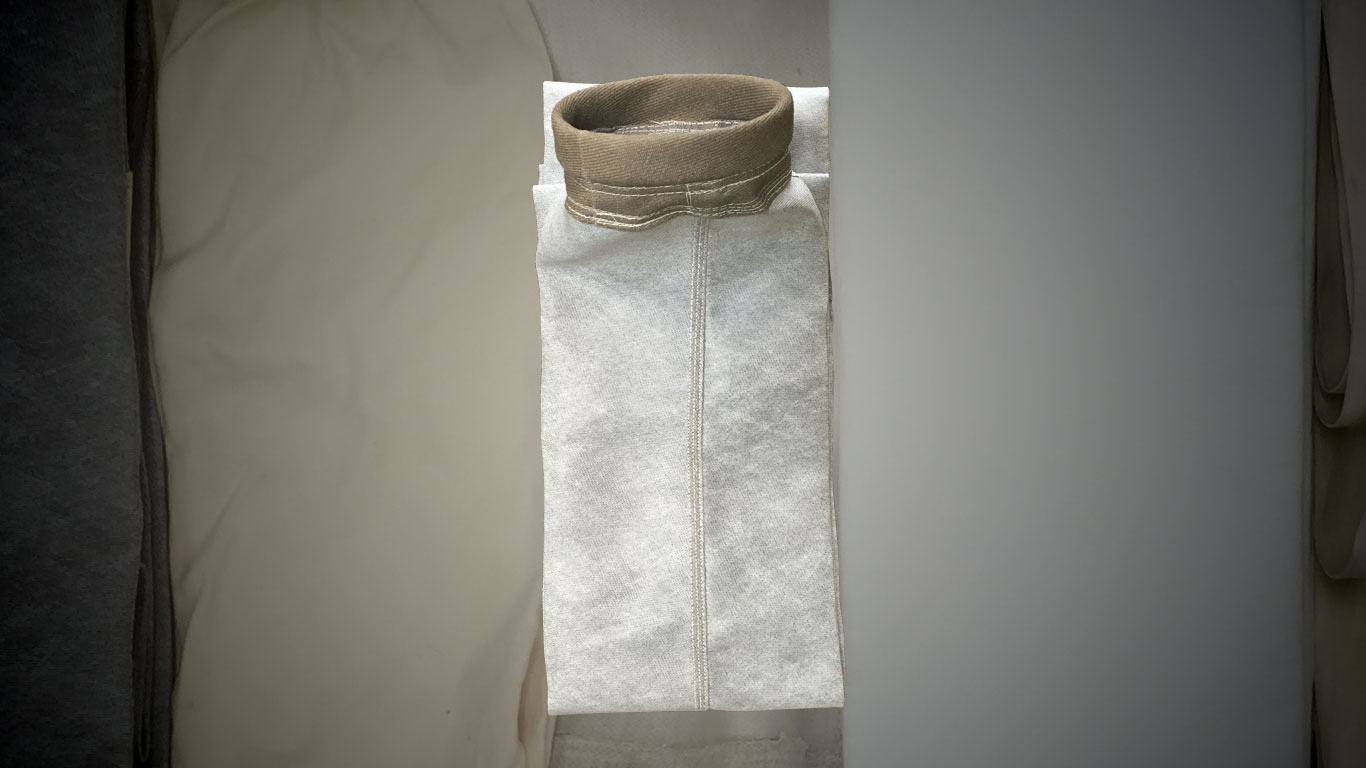
Low price
One of the most important advantages of using standard filter bags in your dust collection system is that, compared per filter, they are more affordable than pleated filters. With all the parts and equipment required in many industrial plants today, prices can quickly add up. This is especially true if you have multiple dust collection systems that contain a large quantity of bags. However, equally important, is to project and compare the initial cost to potential future savings.
More commonly used
Throughout many industries, bags are more widely used in dust collectors compared to pleats. Whether you outsource your filter bag change-outs or do them in house, changing a filter bag and cage is a standard procedure that employees and maintenance crews are accustomed to.
Certain applications require bags
Filter bags may be the only option because certain applications and environments are not suitable for the use of pleated elements. For example, pleated filters are not conducive in systems that create moisture. A good way to test this is to grab a handful of the dust you are filtering. If you can take the dust and form a ball of it in your hand (similar to a snow ball) then pleated cartridges may not work with your system. The dust is likely to stick in the pleats and clog them (blinding), causing the differential pressure to rise and the dust collectors efficiency to decrease. Having a high level of differential pressure could pose a problem for your baghouse.
If you’re thinking, “if it ain’t broke don’t fix it”, keep on reading.
Benefits of using pleated elements
Pleated filters, also known as pleated elements or pleated cartridges, have benefits that could save energy, time and money. While the initial costs of pleated filters are more than common filter bags, over time the savings outweighs the introductory expense.
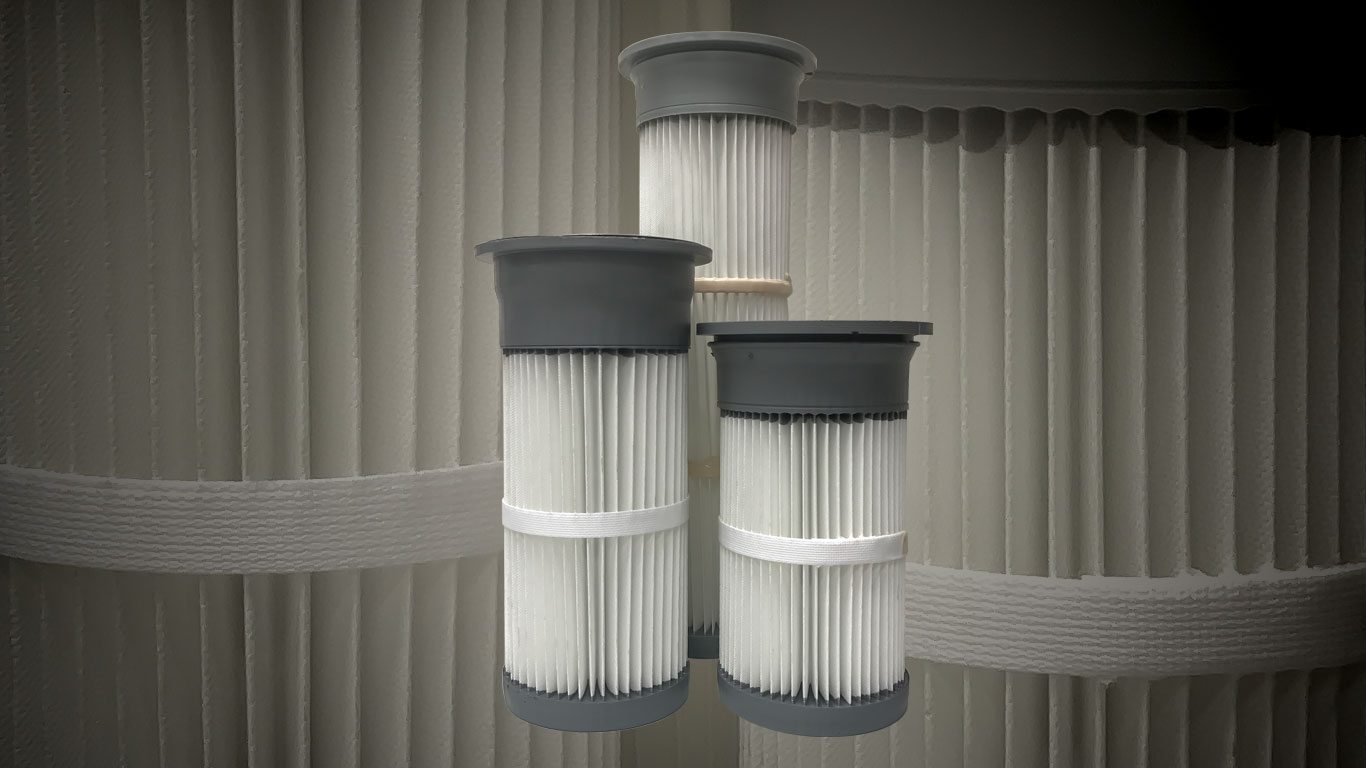
Greater air to cloth ratio
Pleats in filters provide a greater cloth area than do filter bags. Typically they are 2-3 times larger in cloth area, which allows the baghouse to load dust more efficiently and operate at a lower differential pressure. Because of the larger cloth area, smaller quantities of filters and less space is required to do the same job; features that can provide substantial cost savings.
Use less compressed air
Using pleats, the system is able to operate using less compressed air by reducing the number of cleaning cycles the dust collector needs. Less filters means the dust collector operates less frequently, providing cost savings through energy savings. These characteristics also contribute to pleated filters typically having a longer life span and improved overall performance.
Eliminating cages
Another advantage of using pleated filters is that they eliminate the need for cages because they are a one-piece design. Filter bag change-outs are time consuming and labor intensive. Replacing your standard bags with pleats requires no additional parts or retrofitting of existing equipment and significantly reduces installation and change-out times.
Durability over time
Highly abrasive material can quickly impair filter bags causing excessive wear and tear. Pleated filters on the other hand have a much longer lifespan in the same abrasive environment. Industries such as cement, sand, silica, and asphalt can cause rapid wear on bag style filters. The spun bound polyester media that most pleated elements are made of is very durable. They are also shorter in length, which means there is less opportunity for abrasion when high speed dusts enters the collector. The durable spun bound polyester material and shortened bag length produce economical savings by maintaining longer lasting bags.
Let’s clear the air
When considering the use (or conversion) of pleated filters or standard filters it is most important to consider the application, current baghouse style and material to be filtered. Perhaps, initially the more expensive option, pleated filters can improve your dust collection operations efficiency by decreasing downtime, labor and energy expenses and increasing filter life. The long-term savings pleated filters provide with design and durability often outweigh the initial cost/filter.
If you are unsure whether your specific application will permit the use of pleated filters, contact us and we will find a solution that fits your needs!
